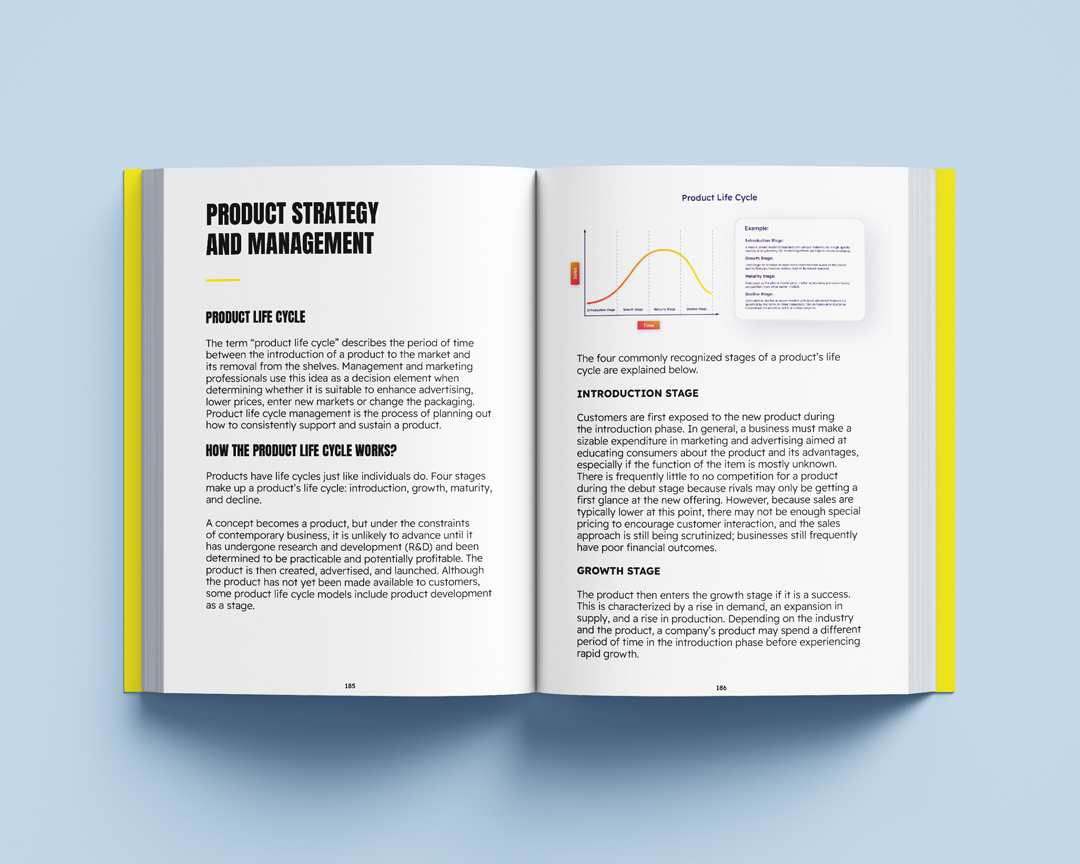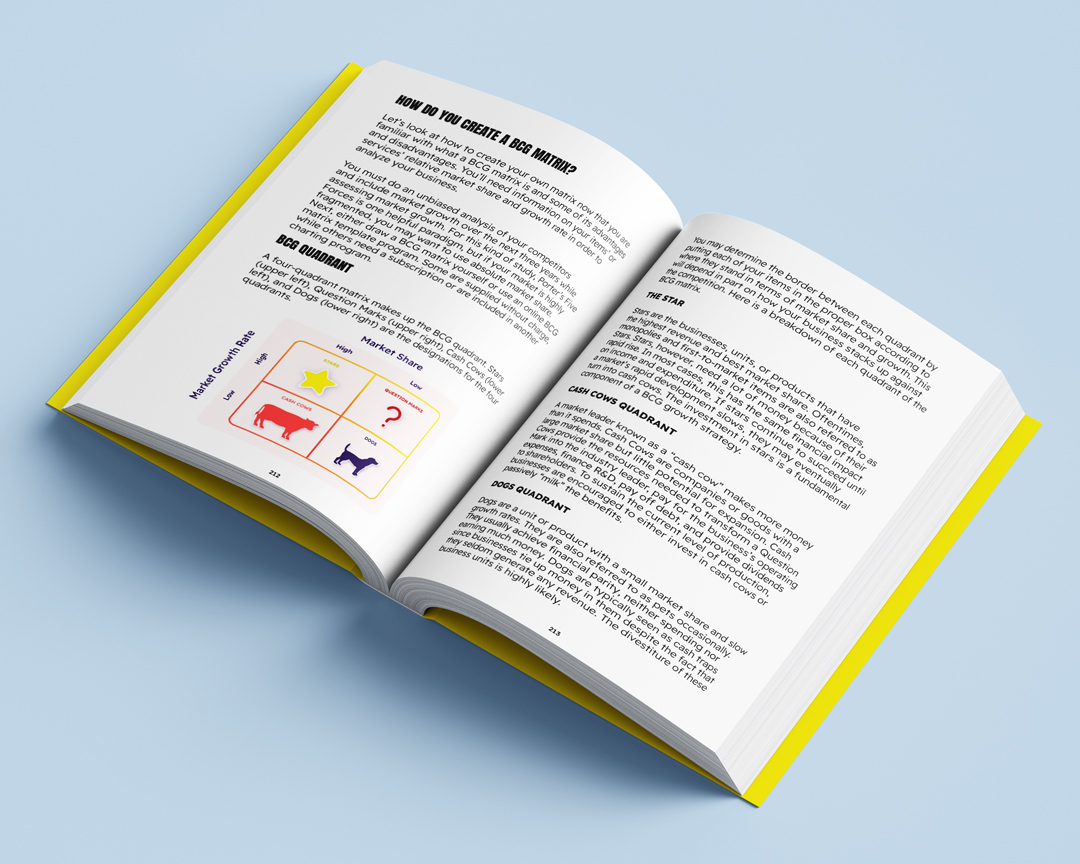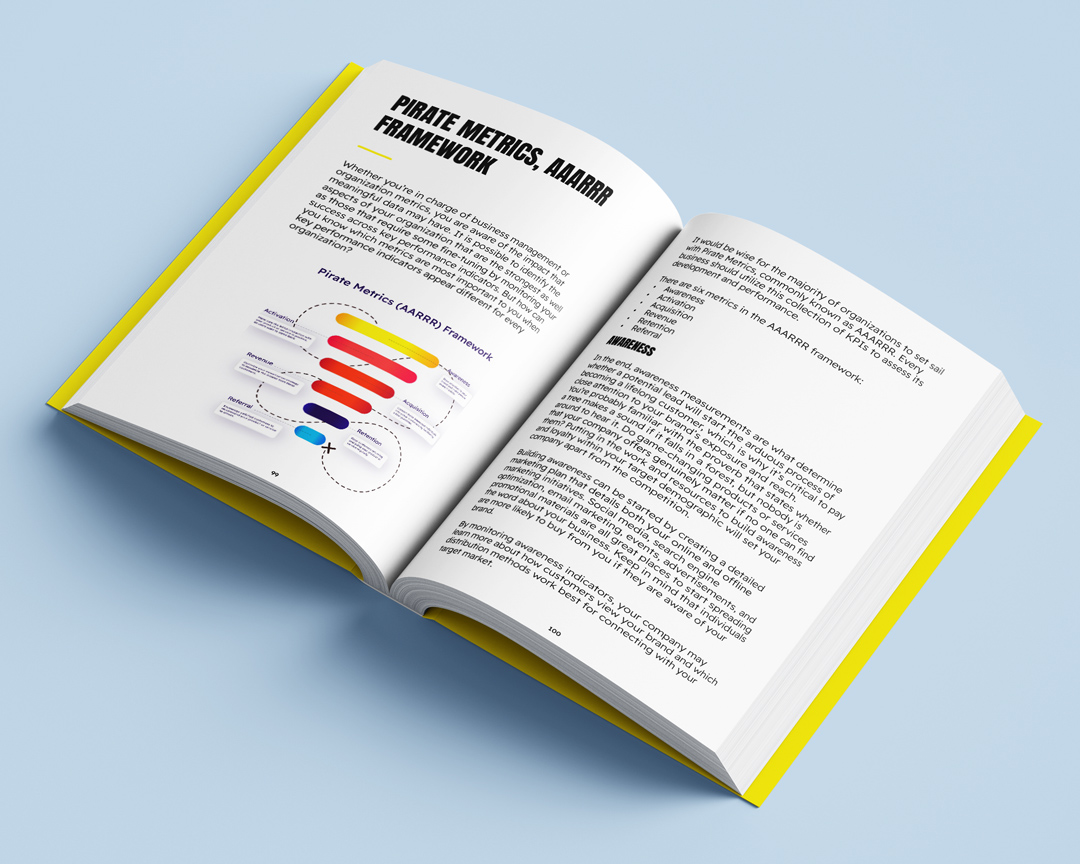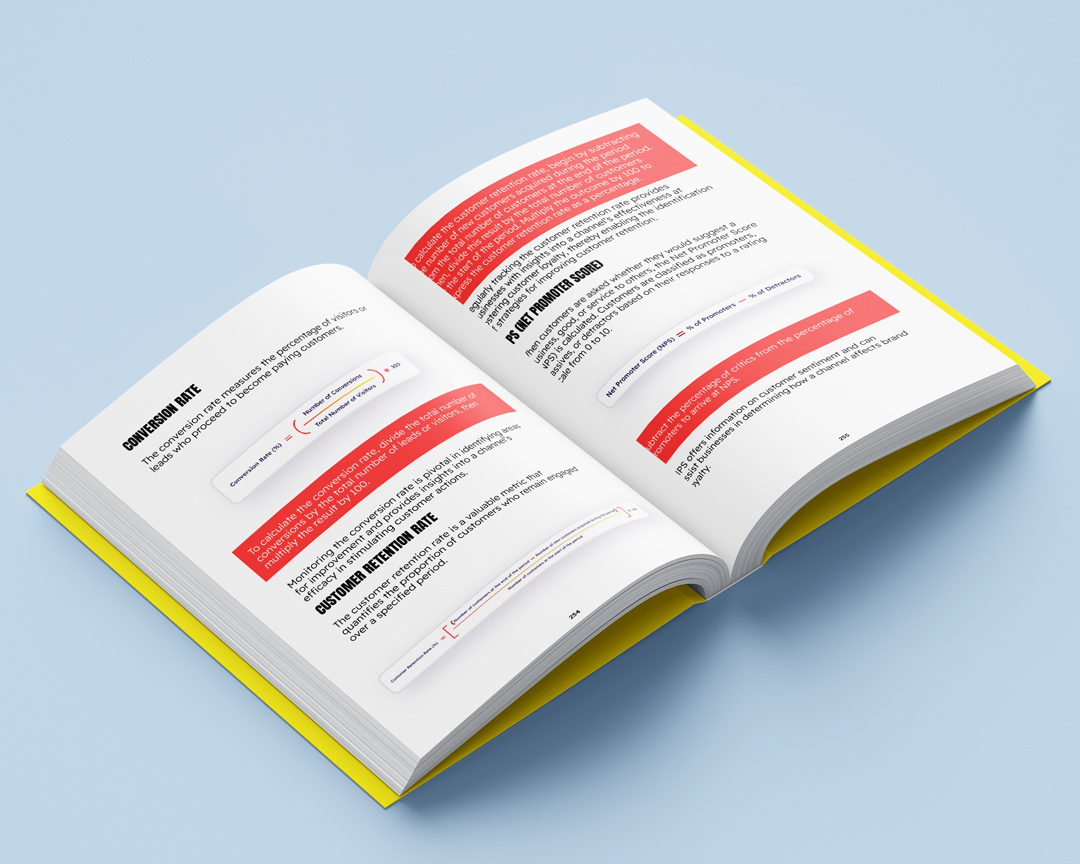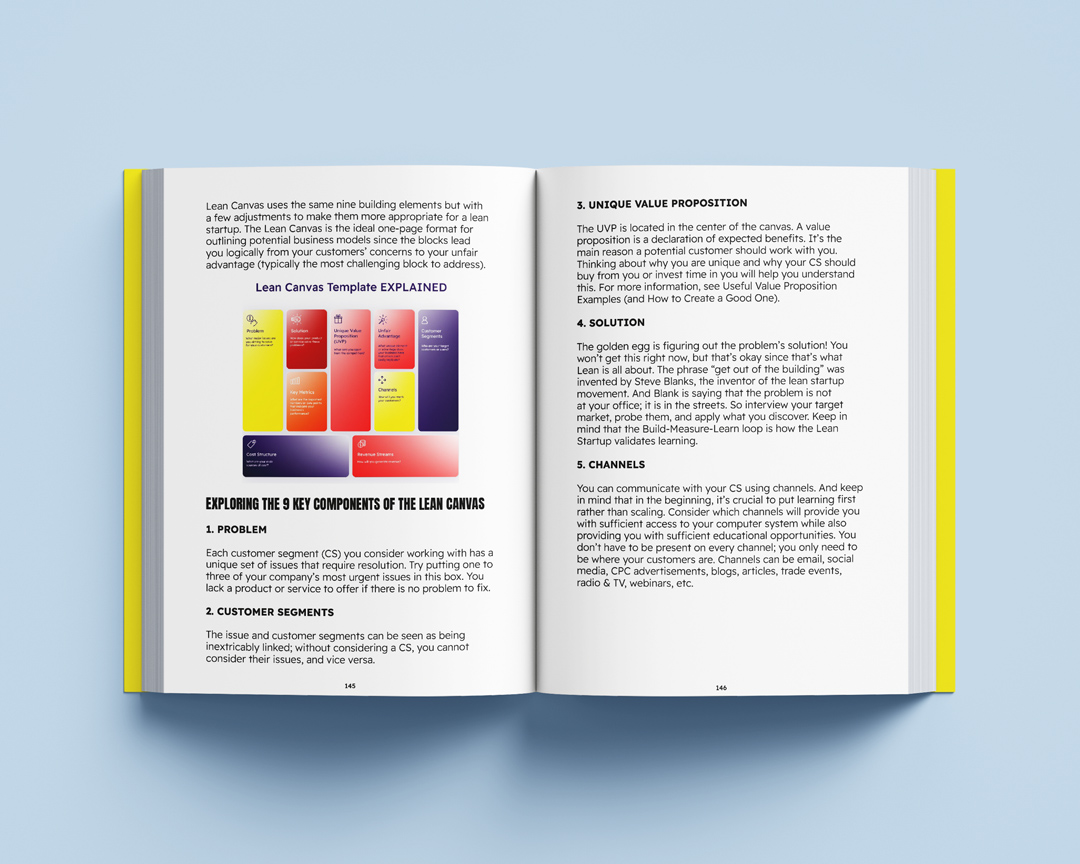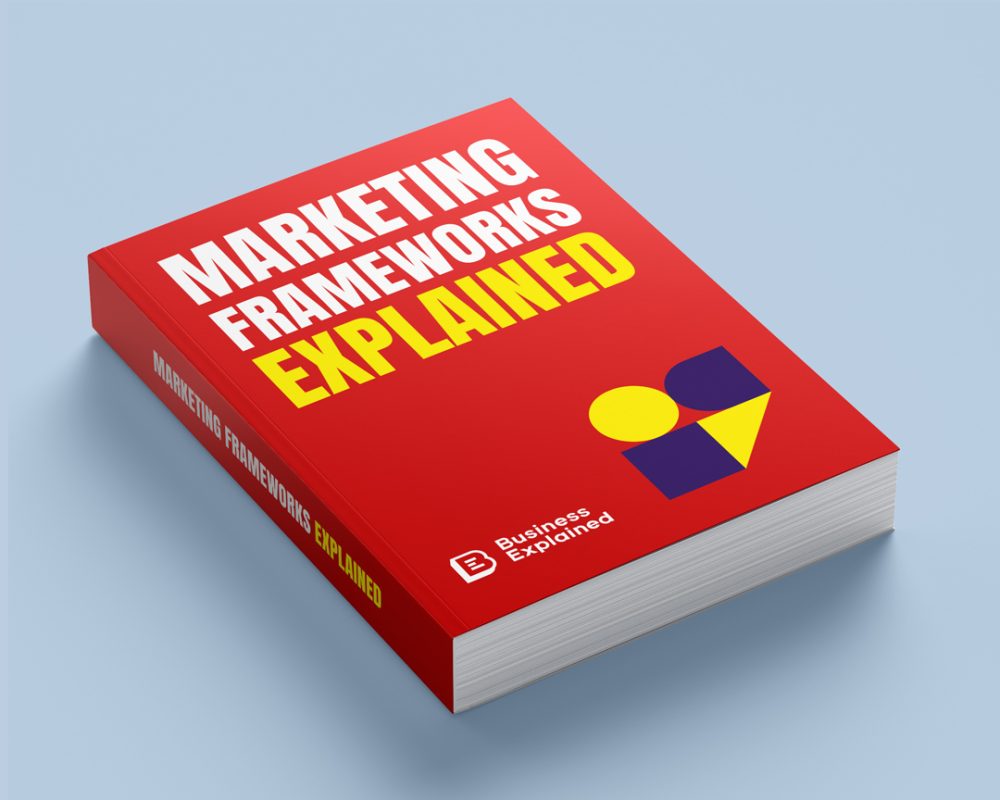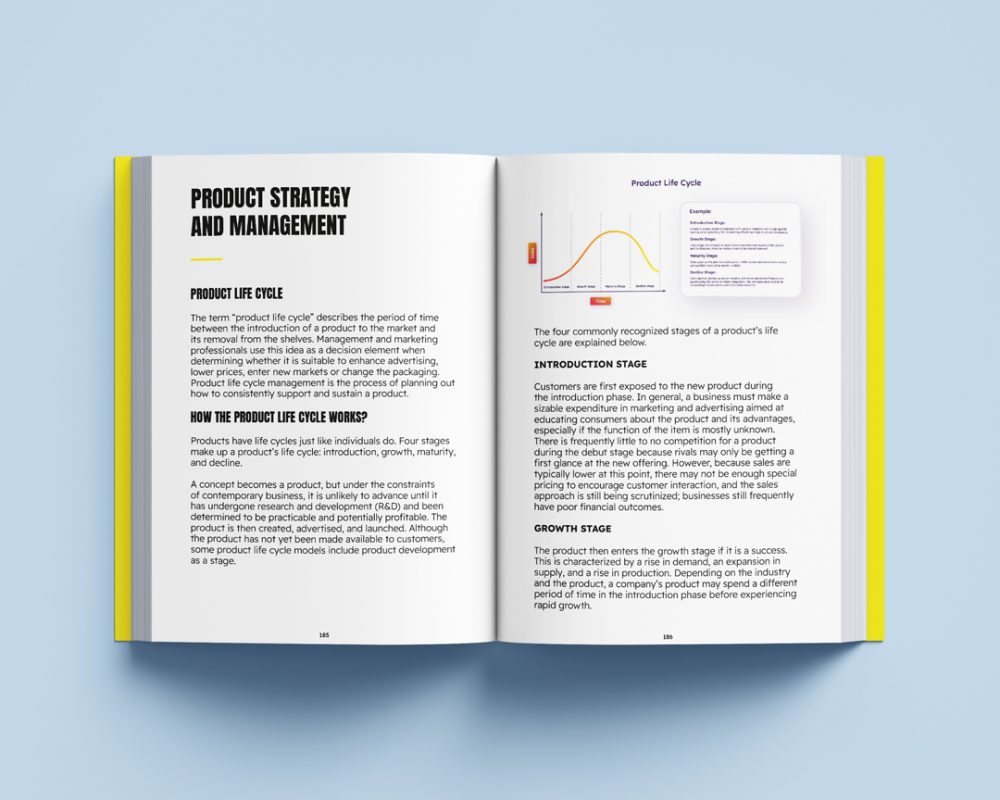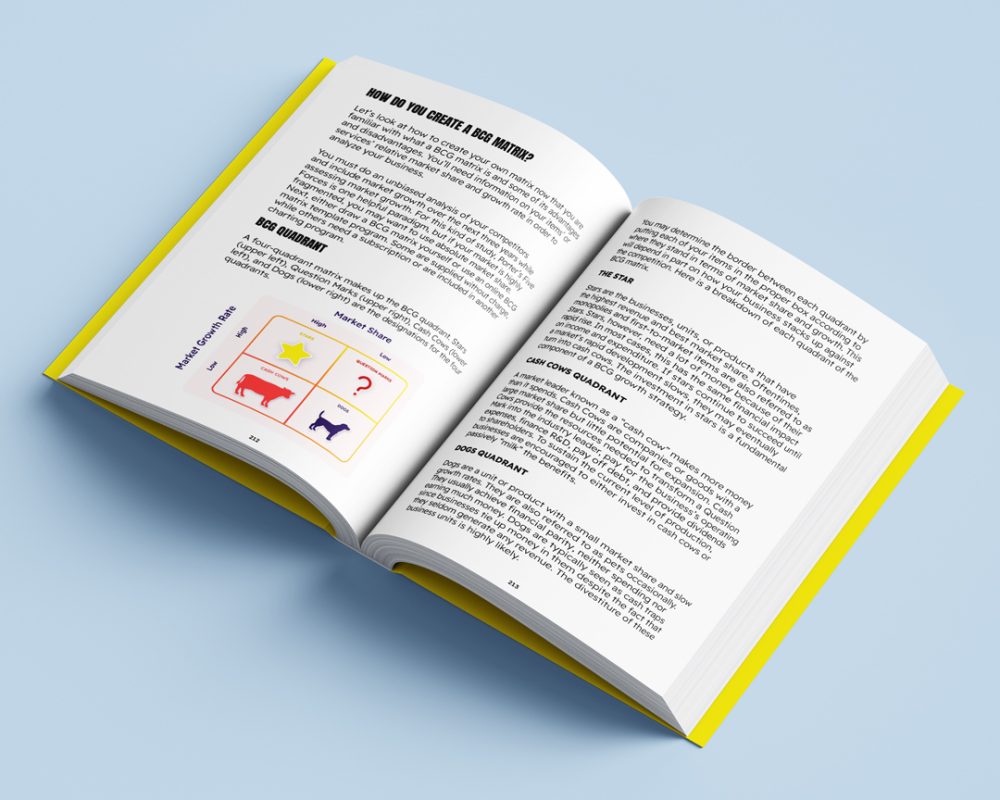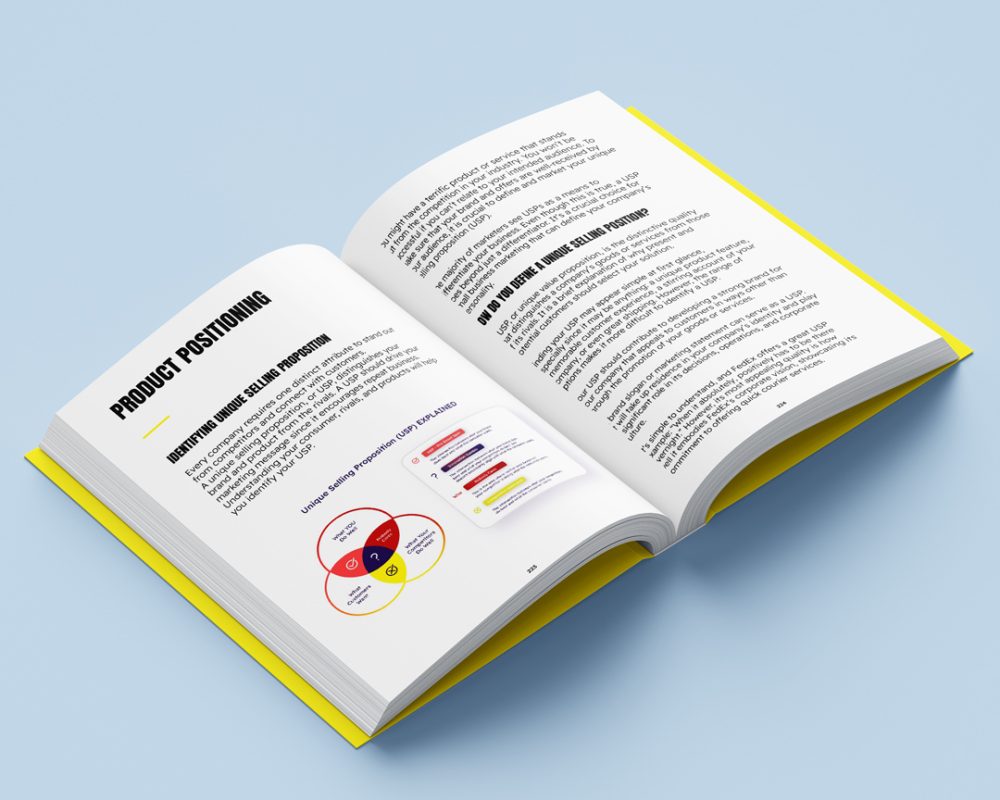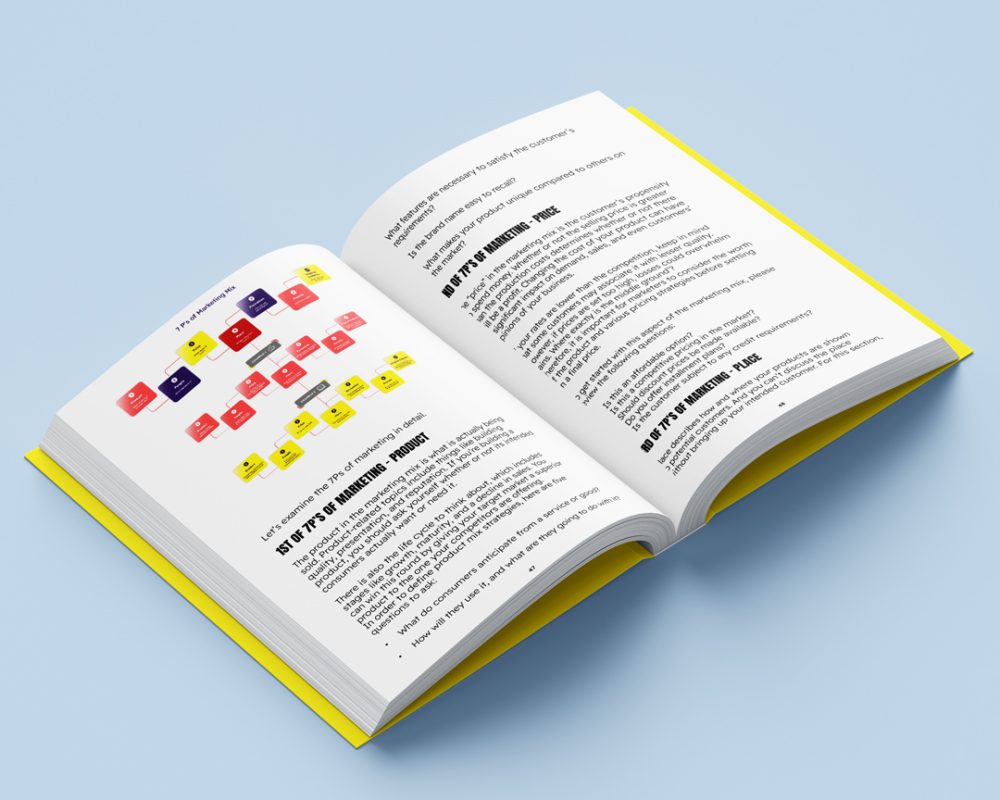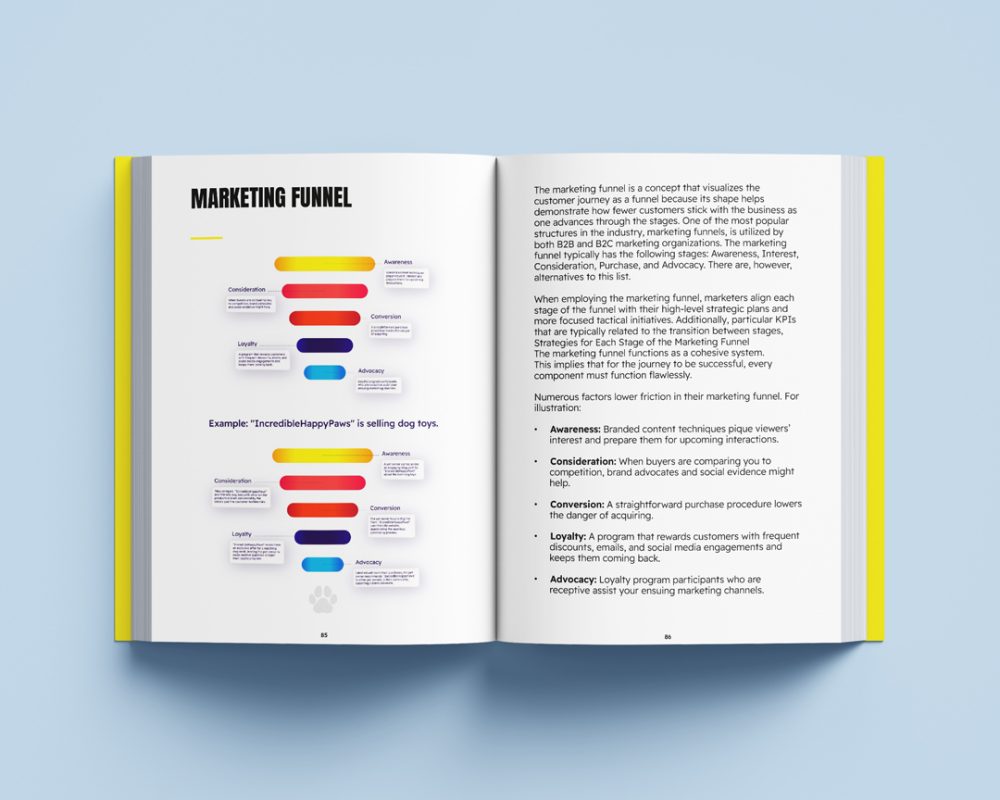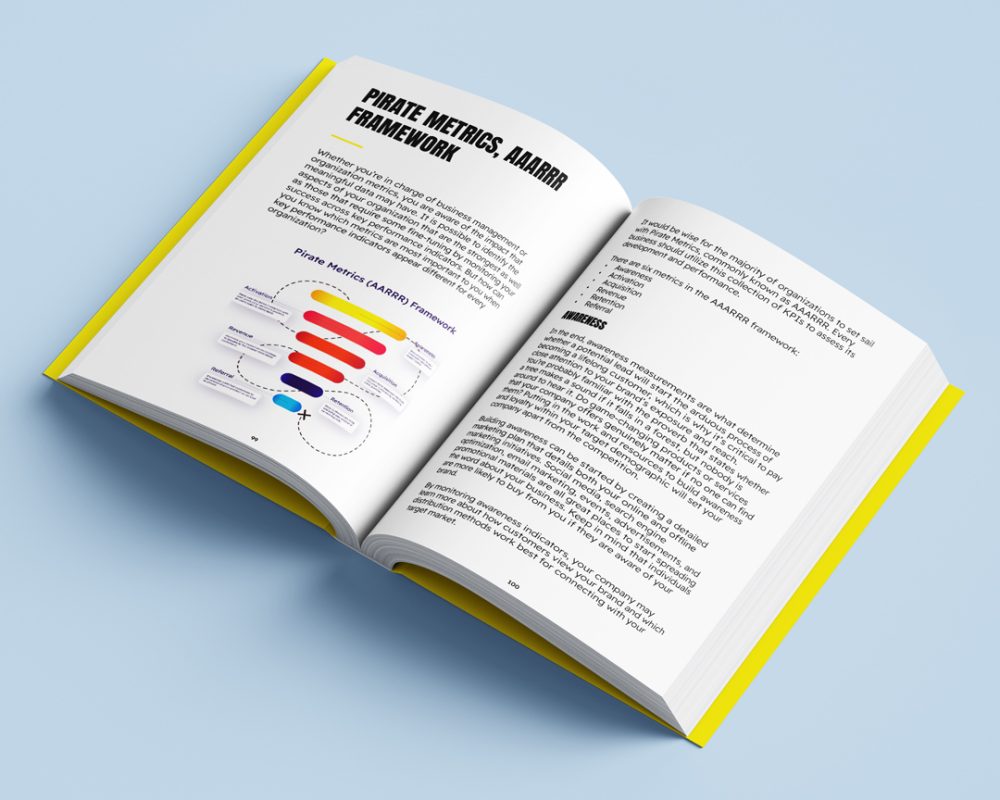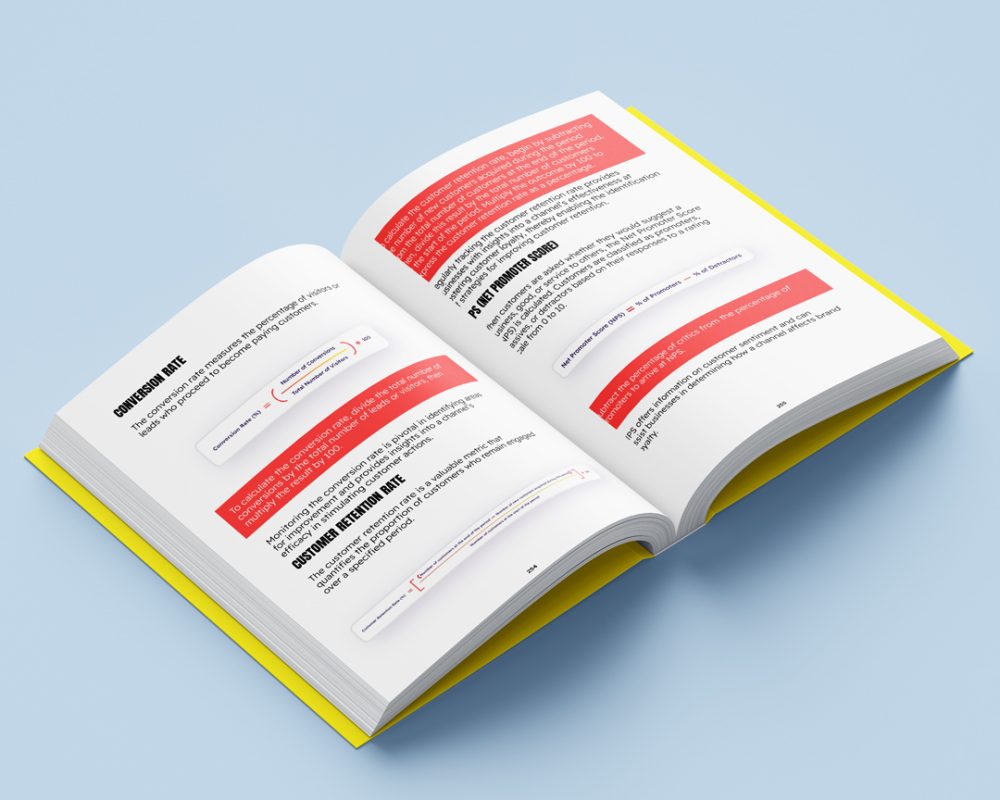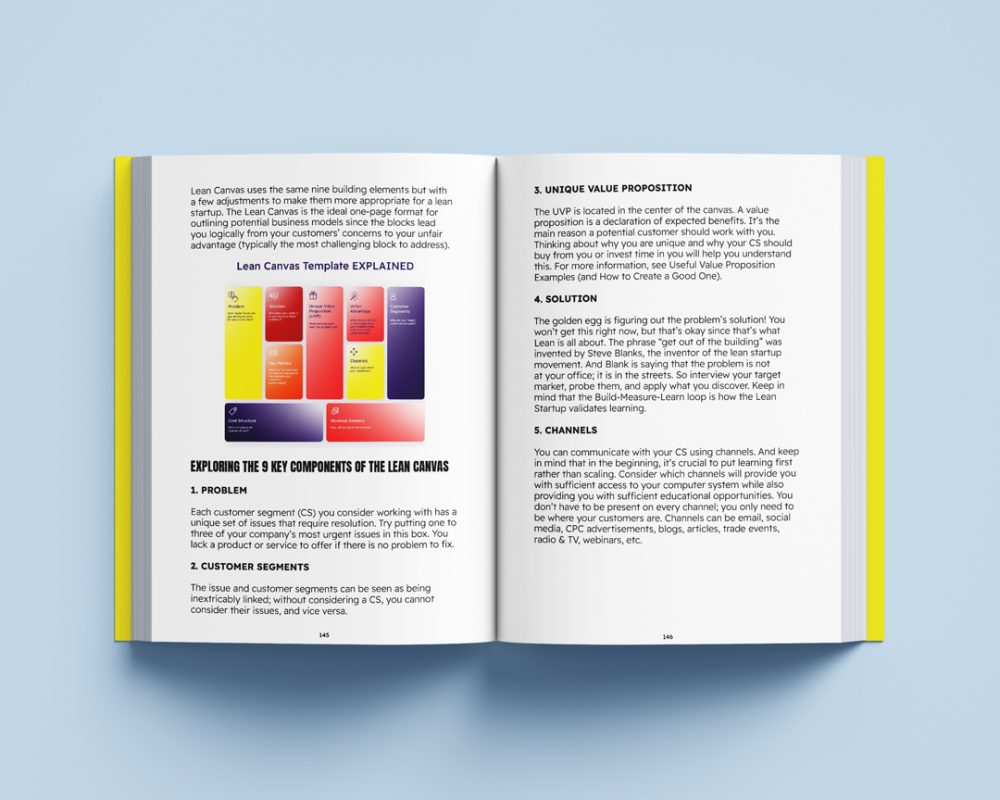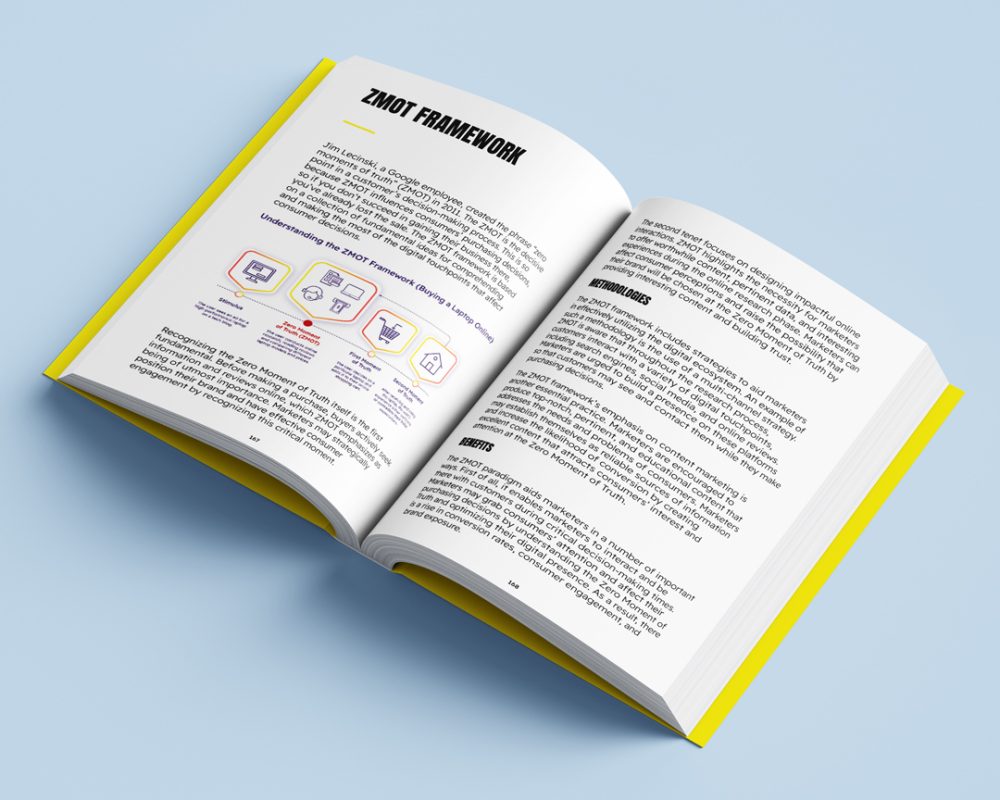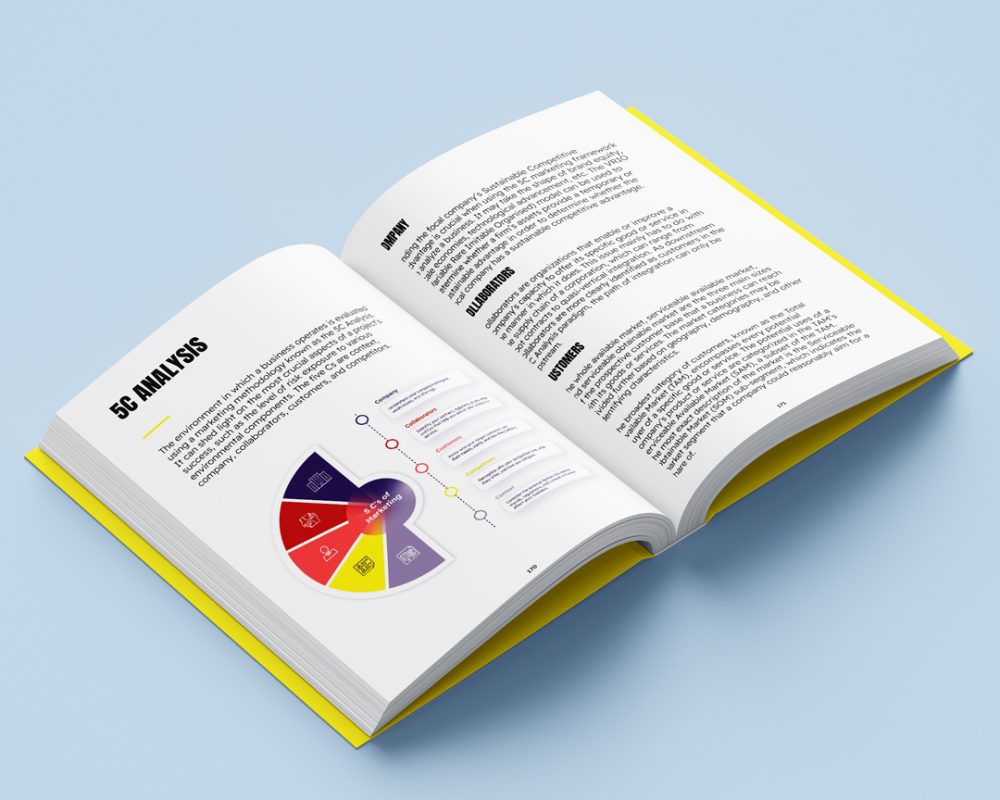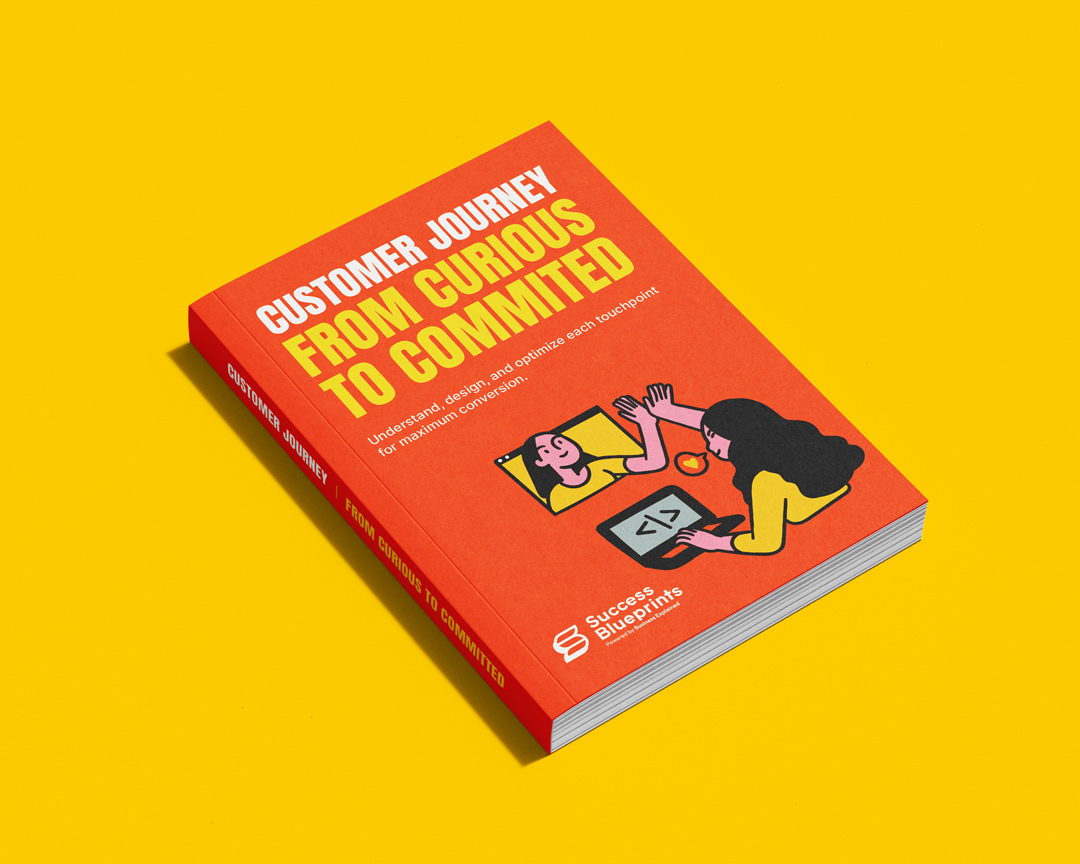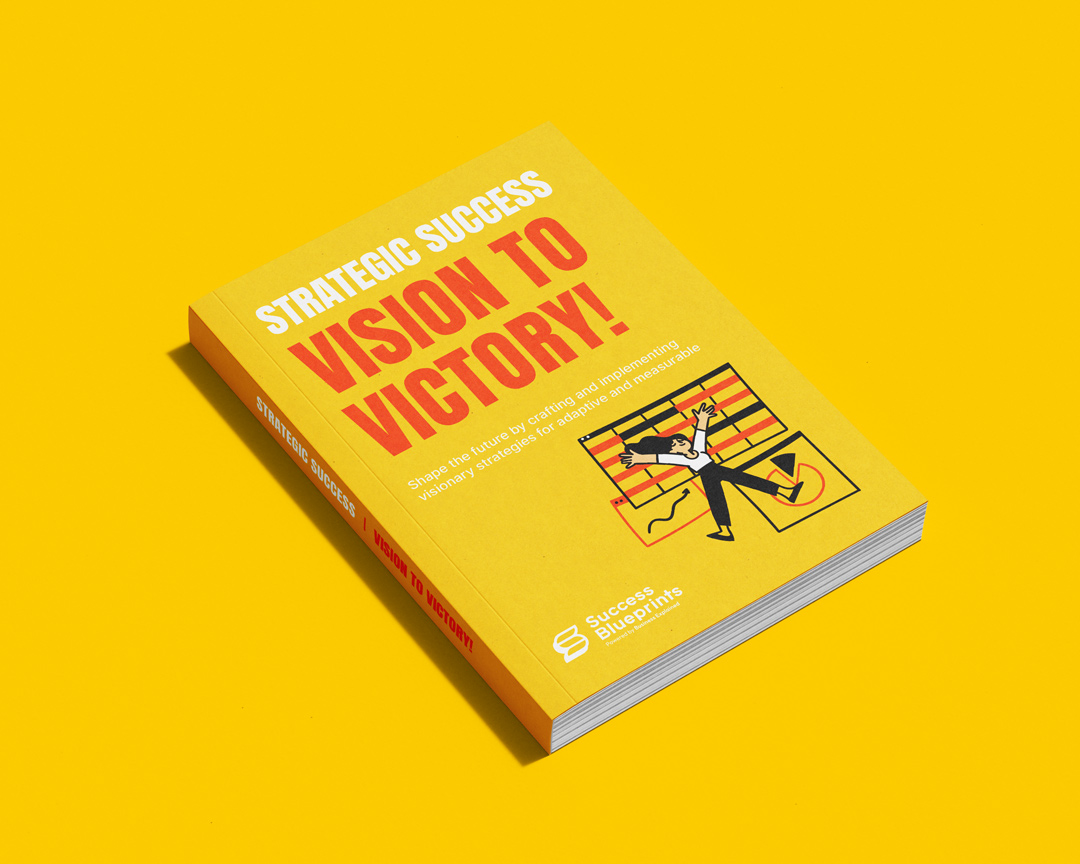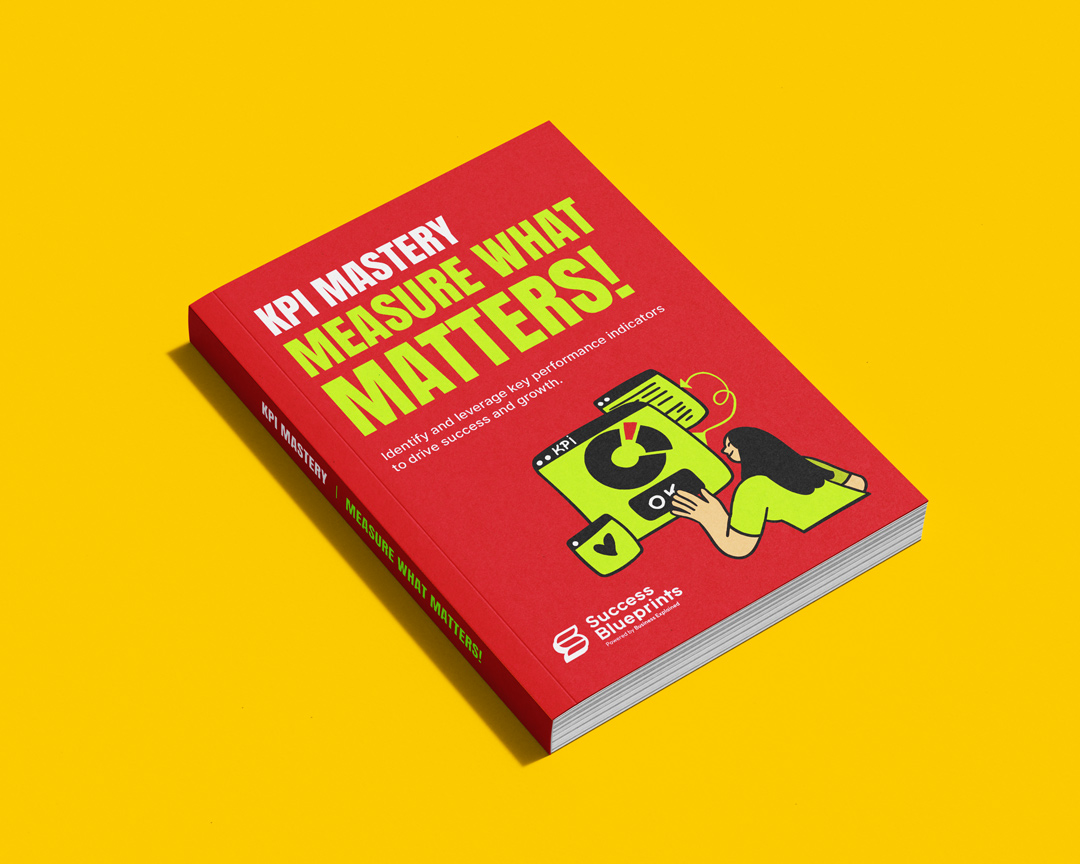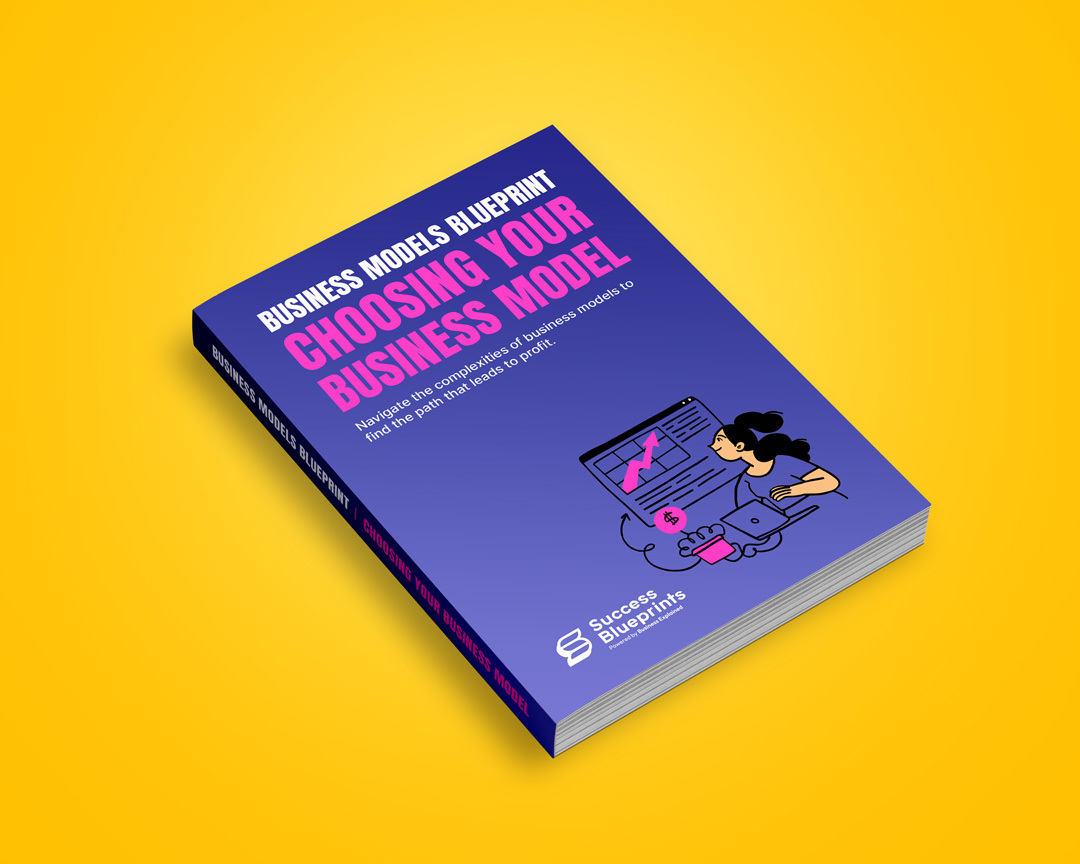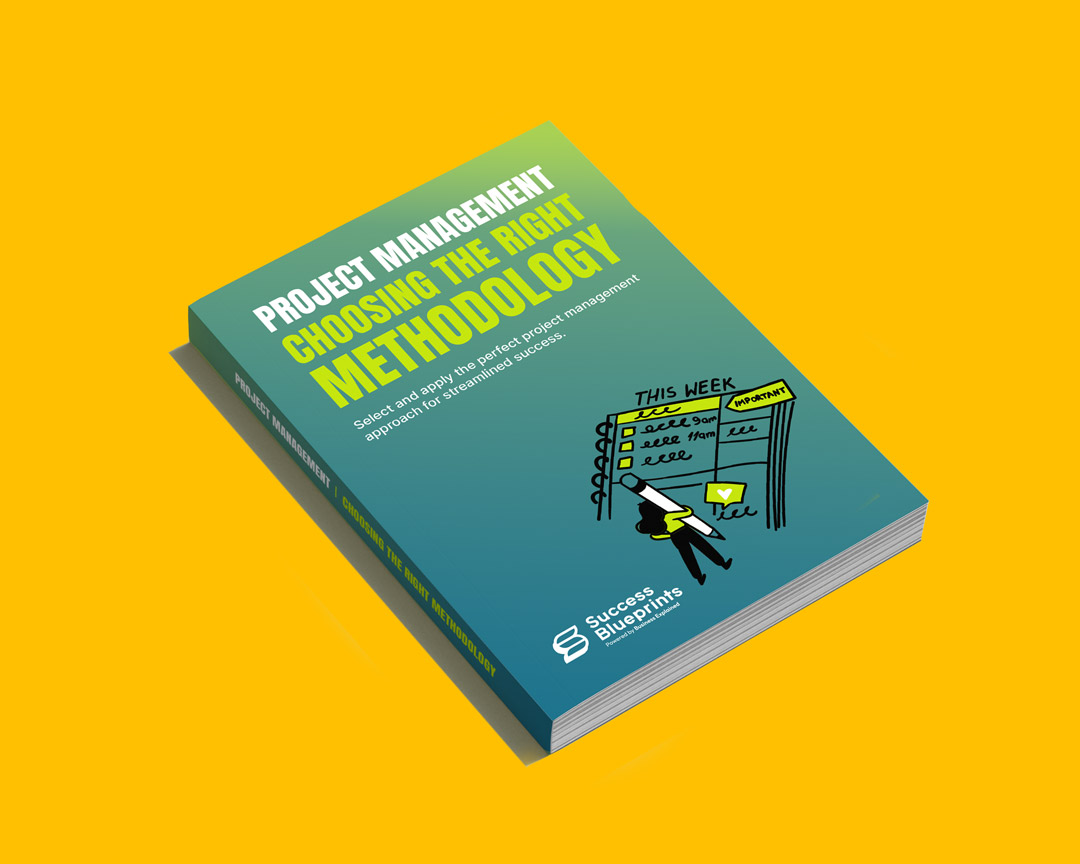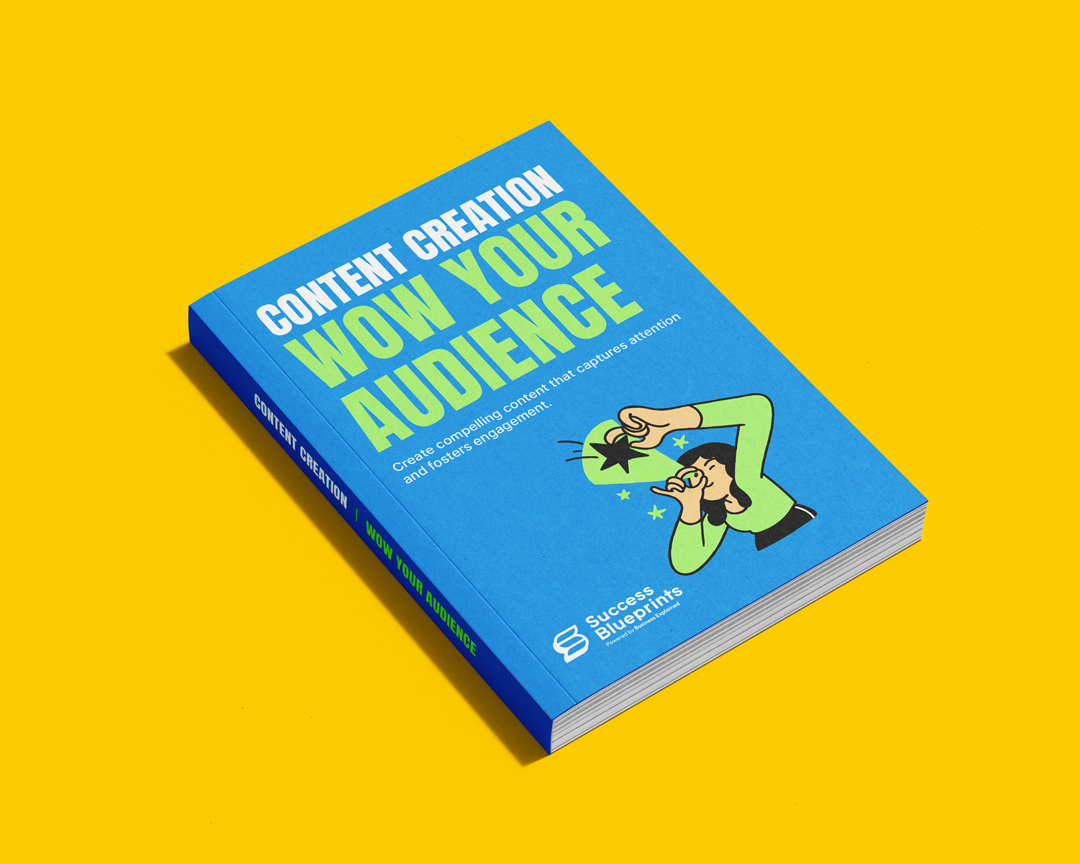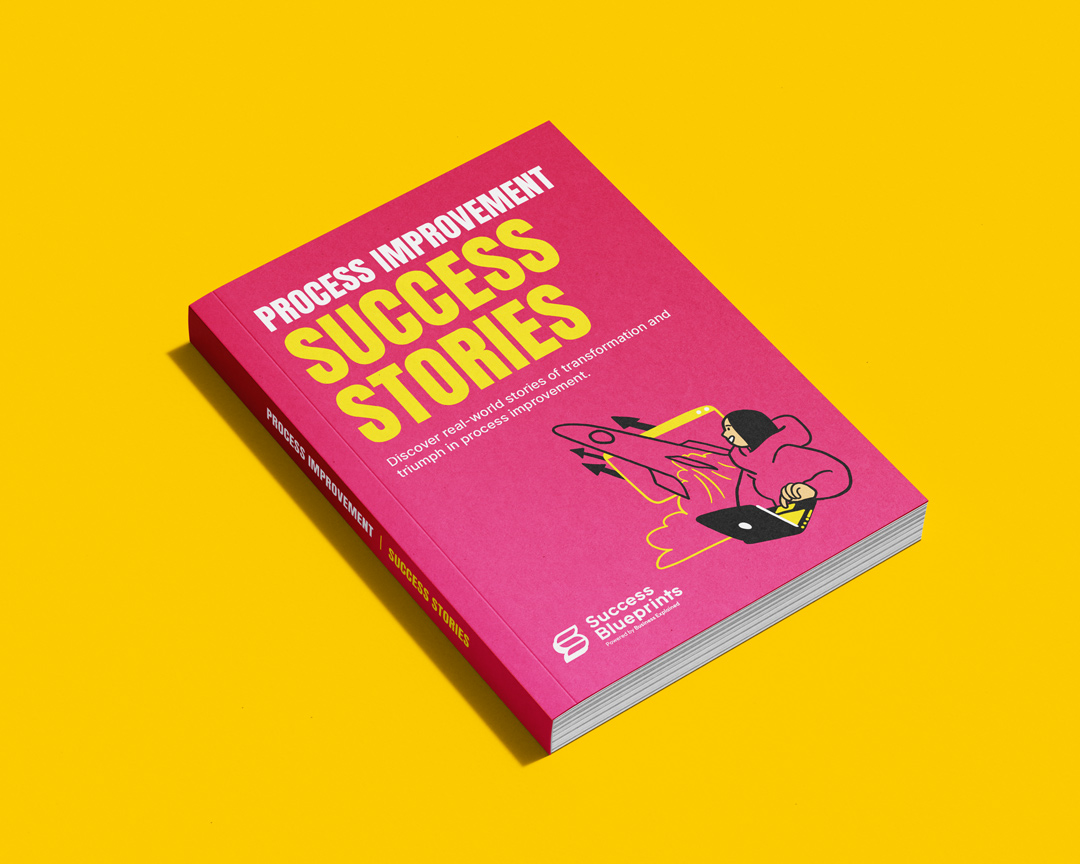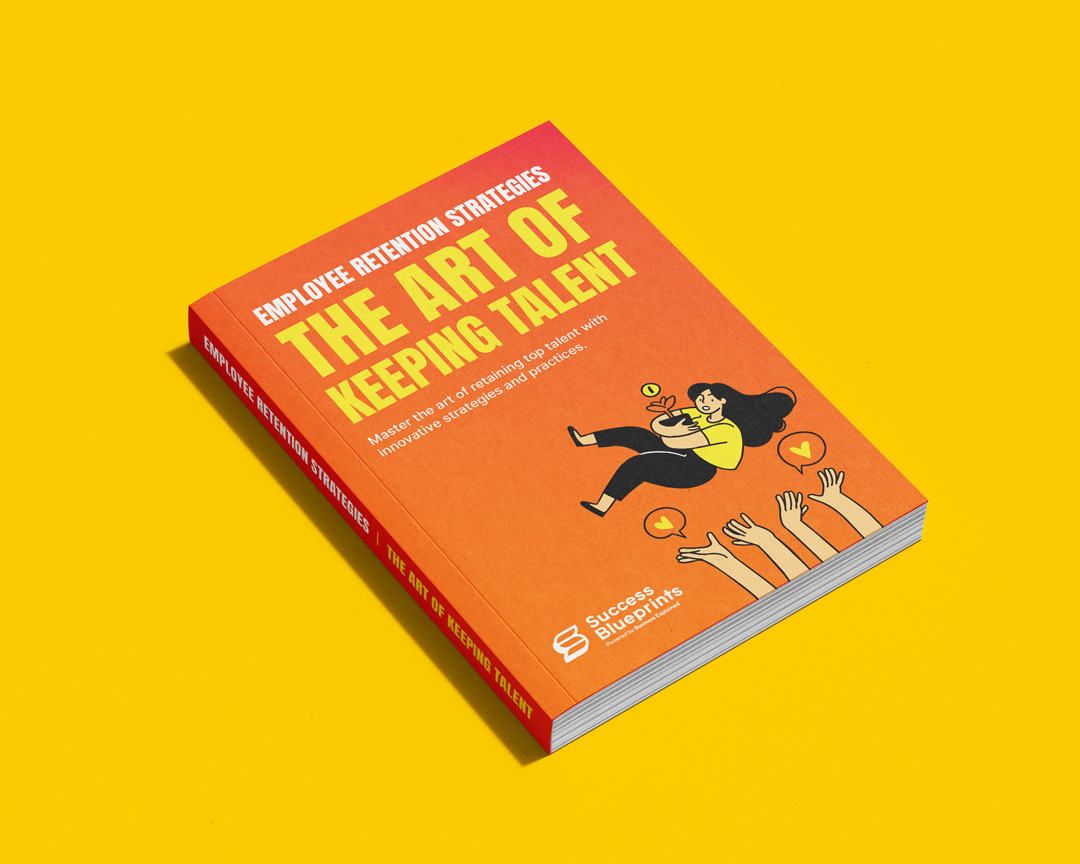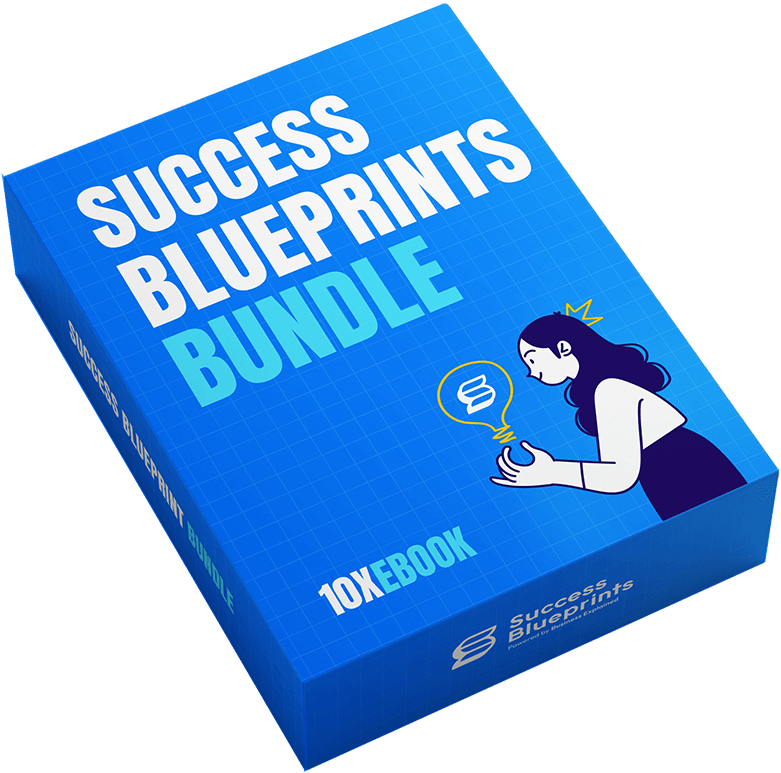Marketing Frameworks Explained
$99 Original price was: $99.$49Current price is: $49.
PDF eBook
286
Pages
1-click download
- 28+ Marketing Frameworks
- 50+ Examples, Real-world Insights
- From Fundamentals to Advanced Strategies
About Marketing Frameworks Explained
With over 28+ marketing frameworks, this e-book is your comprehensive guide to mastering the art and science of marketing.
From fundamental concepts such as supply and demand, market research, and segmentation, to intricate frameworks like STP marketing models, Ansoff Matrix, and the Blue Ocean Strategy, this e-book covers it all.
Dive into real-world scenarios – with 50+ illustrations for clear, easy understanding.
It isn’t just about the theory; we’ve made sure to include content that guides you through implementing these frameworks, be it creating customer personas, devising a selling point, or adapting and evaluating your marketing strategies.
‘...frontrunner in delivering top-tier digital business resources...’
‘...has been making waves with its flagship product...’
‘...consistent emphasis on simplifying complex business topics...’
‘...shaping the future of digital business learning...’
‘...valuable resource in the ever-evolving world of business education...’
Table of contents 
- Introduction to marketing strategies
- Definition of marketing
- What marketing isn’t?
- What exactly is marketing strategy?
- Importance of marketing strategy
- Why do you need a marketing strategy?
- Impact on organizations and communication
- Understanding marketing basics
- Supply and demand
- Explaining demand
- Explaining supply
- Finding an equilibrium
- Theory or law?
- Market research
- Understanding market research
- Primary market research
- Secondary market research
- Types of market research
- Face-to-face interviews
- Focus groups
- Phone research
- Survey research
- Online market research
- How to do market research
- Benefits of market research
- Basics for the segmentation of industrial market
- Definition and foundations of industrial market segmentation
- Influence of industrial market segmentation on industrial marketing strategies
- Basics of product positioning
- Meaning of “product positioning”
- Positioning types
- Price
- Quality
- Differentiation
- Convenience
- Customer service
- Advantages of product positioning
- Relationship between the company and the market
- Finding your ideal customers
- Customer persona construction
- Making a selling point
- Formulating ad campaigns
- Promoting recognition and acceptance of your brand
- Evaluating and adapting
- Marketing mix and the 7p’s of marketing
- 7ps of marketing – understanding the concept
- 1st of 7p’s of marketing – product
- 2nd of 7p’s of marketing – price
- 3rd of 7p’s of marketing – place
- 4th of 7p’s of marketing – promotion
- 5th of 7p’s of marketing – people
- 6th of 7p’s of marketing – process
- 7th of 7p’s of marketing – physical evidence
- Marketing mix process
- Marketing mix physical evidence
- SWOT Analysis
- Understanding SWOT analysis
- SWOT analysis’s key elements
- Strengths
- Weaknesses
- Opportunities
- Threats
- SWOT table
- How to do a SWOT analysis?
- STP Marketing Model
- What is STP marketing model?
- How does STP model work?
- STP marketing process
- Importance of the STP marketing model
- Examples of STP marketing models
- Nike
- Mcdonald’s
- Iphone
- Porter’s 5 Forces
- Understanding the Five Forces of Porter
- Industry competitiveness
- Potential for new competitors in an industry
- Supplier influence
- Customer power
- Threat of substitution
- What Function Do Porter’s Five Forces Serve?
- Understanding the Five Forces of Porter
- ANSOFF MATRIX
- Understanding the Ansoff Matrix
- Market penetration
- Market development
- Product development
- Diversification
- Understanding the Ansoff Matrix
- BCG Growth-Share Matrix
- BCG Growth-Share Matrix: An Overview
- Pets or dogs
- Cash cows
- Stars
- Question marks
- Limitations of the matrix
- A BCG Growth Matrix example
- BCG Growth-Share Matrix: An Overview
- AIDA MODEL
- AIDA Model Hierarchy
- First step: attention
- Second step: interest
- Third step: desire
- Fourth step: action
- New Developments in the AIDA Model
- AIDCAS model
- REAN model
- NAITDASE model
- AIDA Model Hierarchy
- Marketing Funnel
- Advantages of Marketing Funnels
- Kotler’s 5 A’s of Sales Marketing
- What are Kotler’s 5 A’s?
- Kotler’s 5 A’s of the customer path stages
- Aware
- Appeal
- Ask
- Act
- Advocate
- Blue Ocean Strategy
- PESTLE Analysis
- PESTLE Elements
- Pirate Metrics, AAARRR Framework
- Awareness
- Acquisition
- Activation
- Revenue
- Retention
- Referral
- Hook Model
- Hook Model: How Does It Operate?
- Trigger
- Action
- Variable rewards
- Investment
- Hook Model: How Does It Operate?
- STEPPS Framework
- Social Currency
- Triggers and Emotions
- Public and Practical Value
- Stories
- Honeycomb Model
- Seven Social Media Honeycomb Components
- Implementing the Honeycomb Method in SMM
- Bullseye Marketing Framework
- Step 1: Consider Your Target Audience
- Step 2: Review the traction channels in the Bullseye Framework
- Step 3: Monitor Your Customer Acquisition Cost
- When should you use the Bullseye Framework?
- RACE Model
- What does RACE stand for?
- Reach
- Act
- Convert
- Engage
- Should you choose the RACE model?
- What does RACE stand for?
- Lean Canvas Model
- Exploring the 9 Key Components of the Lean Canvas
- Problem
- Customer segments
- Unique value proposition
- Solution
- Channels
- Revenue streams
- Cost structure
- Key metrics
- Unfair advantage
- How to fill Lean Canvas?
- Exploring the 9 Key Components of the Lean Canvas
- Pragmatic Marketing Framework
- Jobs-to-be-Done: A Framework for Customer Needs
- Who are your customers?
- What types of jobs are they getting done?
- Customer’s desired outcomes
- What are the implications?
- Flywheel Model
- Flywheel Marketing Model’s Benefits
- Various components and advantages of the flywheel model
- 5 Ways to Use Flywheel Marketing Model to Deliver Better Customer Experiences
- SERVQUAL Model of Service Quality
- History of the SERVQUAL Model
- SERVQUAL Model of Service Quality and it’s shortcomings
- Expectancy pattern
- SERVQUAL Model of Service Quality Dimensions
- Five gaps of the SERVQUAL Model of Service Quality
- Knowledge gap
- Standards gap
- Delivery gap
- Communications gap
- Satisfaction gap
- ZMOST framework
- Methodologies
- Benefits
- 5C Analysis
- Company
- Collaborators
- Customers
- Competitors
- Context
- Net Promoter Score
- Utilizing the Net Promoter Score
- Breakdowns of scores
- How to determine your Net Promoter Score (Example)
- Content Marketing Matrix
- What is a Content Marketing Matrix?
- How does the content matrix actually operate?
- Content Marketing Matrix Axes
- What advantages does the content marketing matrix offer?
- Service-dominant logic
- What is service-dominant logic?
- Ten underlying assumptions of S-D Logic
- Product Strategy and Management
- Product Life Cycle
- How the Product Life Cycle Works
- Introduction stage
- Growth stage
- Maturity stage
- Decline stage
- Advantages of Using the Product Life Cycle
- Target Market
- How Do You Define Your Product’s Target Market?
- What Are the 4 Target Segmentation?
- Geographic Segmentation
- Demographic segmentation
- Psychographic Segmentation
- Behavioral segmentation
- Example of a Target Market
- Target Markets: Why Are They Important?
- Product-Market Fit
- Why is it Important?
- Who is in charge of ensuring product-market fit?
- How is the Product-Market Fit Index Calculated?
- How Can Your Product Achieve It?
- Competitor analysis
- Identify Your Competitors
- Collect data
- Analyse Data
- Use the Insights
- Monitor and Update
- Product Positioning Statement
- Four Parts of a Product Positioning Statement
- Target audience
- Pain points
- Alternatives and competitors
- Product differentiators
- Four Parts of a Product Positioning Statement
- BCG Matrix
- What is a BCG matrix?
- What advantages does a BCG matrix offer?
- What are the limitations of a BCG matrix?
- How do you create a BCG matrix?
- BCG quadrant
- The star
- Cash cows
- Dogs
- Question marks
- How do you use the BCG matrix to strategize?
- Four ways to strategize for your company using the BCG matrix
- What is the role of cash flow in the BCG matrix?
- What is a real example of the BCG matrix?
- GE-McKinsey Matrix
- Origins
- Strategic implications
- Selectivity/Earnings Strategy
- Product positioning
- How do you define a unique selling position?
- How to identify your unique selling position?
- What is product positioning?
- Why is the positioning of a product important?
- What are the types of product positioning?
- Price-based positioning
- Lifestyle-based positioning
- Characteristics based positioning
- Quality or prestige-based positioning
- Positioning mapping
- Creating a positioning map
- Choice of marketing channels
- Factors influencing choice of a marketing channel
- Target Market Coverage
- Product-Related Factors
- Unit value
- Perishability
- Dimension and weight
- Standardization
- Product’s technical nature
- Product life-cycle stage
- Competitive environment
- Company resources and capabilities
- Offline Marketing Channels
- Retail Outlets
- Direct Mail
- Telemarketing
- Trade Shows
- Events
- Online Marketing Channels
- Email Marketing
- Social Media Marketing
- Content Marketing
- Search Engine Optimization (SEO)
- Pay-Per-Click (PPC) Advertising
- Affiliate Marketing
- Influencer Marketing
- Emerging Marketing Channels
- Mobile Marketing
- Virtual Reality/Augmented Reality Marketing
- Voice Search Optimization
- Key Performance Indicators (KPIs) for Channel Performance
- Sales Revenue
- Customer Acquisition Cost (CAC)
- Customer Lifetime Value (CLV)
- Conversion Rate
- Customer Retention Rate
- NPS (Net Promoter Score)
- Social Media Engagement
- Web Traffic Sources
- Email Click-Through and Open Rates
- Return on Investment (ROI)
- Marketing Budgeting
- Factors influencing marketing budget
- Business Size and Stage
- Industry Norms
- Business objectives and goals
- Market Opportunities and Challenges
- Factors influencing marketing budget
- Setting a Marketing Budget
- Percentage of Sales Method
- Competitive Parity Method
- Objective and Task Method
- Zero-Based Budgeting Method
- Allocating the Marketing Budget
- Through marketing channels
- Through Marketing Activity
- By Product or Service Line
- By Geographic Market
- By Customer Segment
- International Market
- Cultural Factors
- Economic Factors
- Legal and Political Factors
- Localization Versus Standardisation
- Market Entry Strategies
- Direct Exporting
- Indirect Exporting
- Licensing
- Franchising
- Joint Ventures
- Strategic Partnerships
- Foreign Direct Investment (FDI)
- Understanding Consumer Behavior
- Why is Consumer Behavior Important?
- Different types of consumer behavior
- Impulsive Buying Behavior
- Habitual Buying Behavior
- Variety-Seeking Buying Behavior
- Social Buying Behavior
- Ethical Buying Behavior
- Process of Consumer Decision-Making
- Problem Recognition
- Evaluation of Alternatives
- Purchase Decision
- Post-Purchase Behavior
- Conclusion
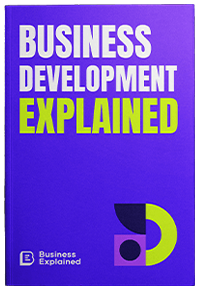
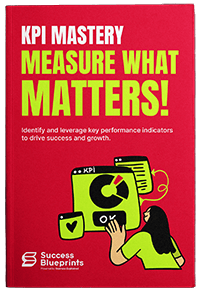
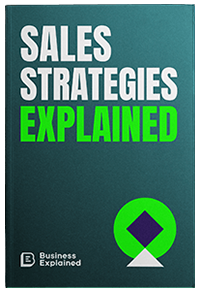

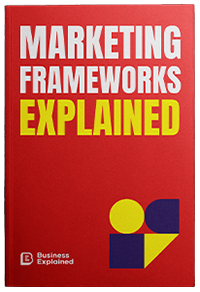
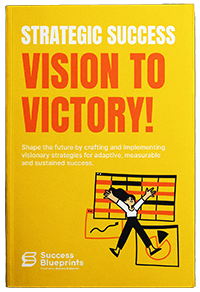
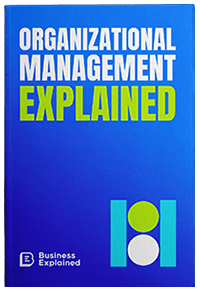
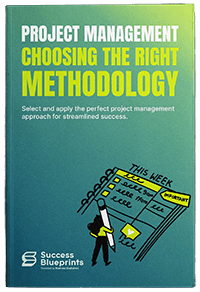
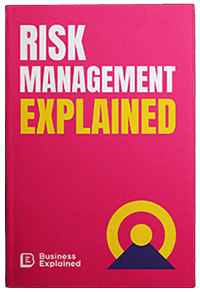
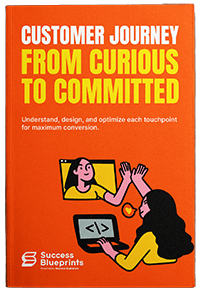
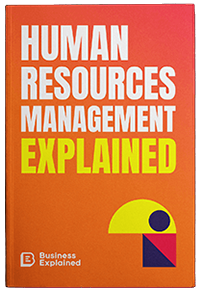












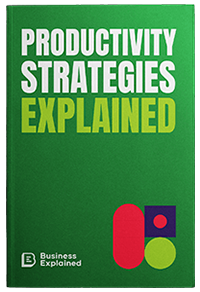

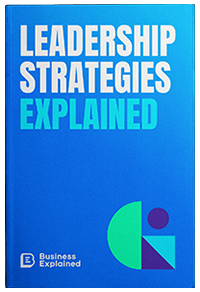
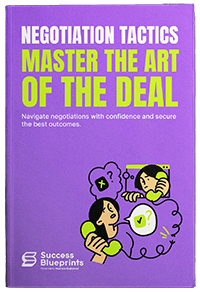
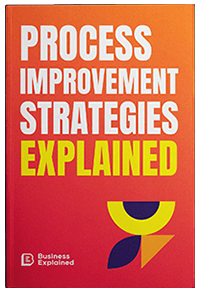
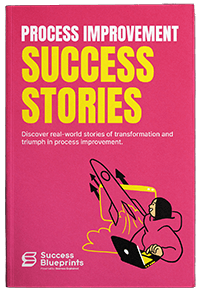
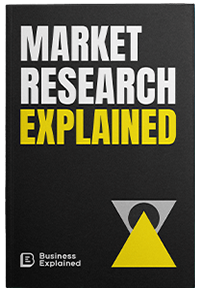
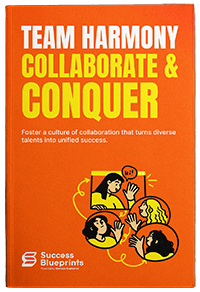
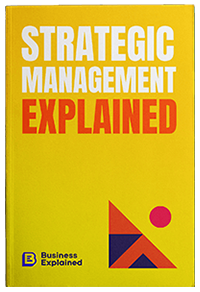
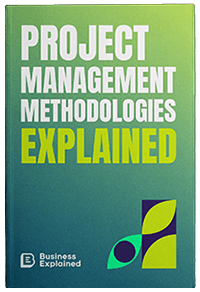











55 Products Included
All Products Special
Order our bestselling business bundle now and save a whopping $3,544 compared to buying each product separately.
![]() Risk-free Purchase: Full refund within 14 days
Risk-free Purchase: Full refund within 14 days
Safe Checkout Powered by
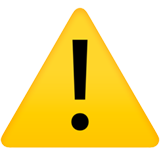
This is a limited-time offer!

Testimonials 
99.3%
Exeptional feedback from our readers 
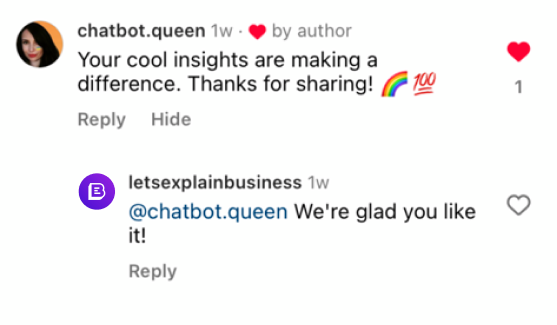

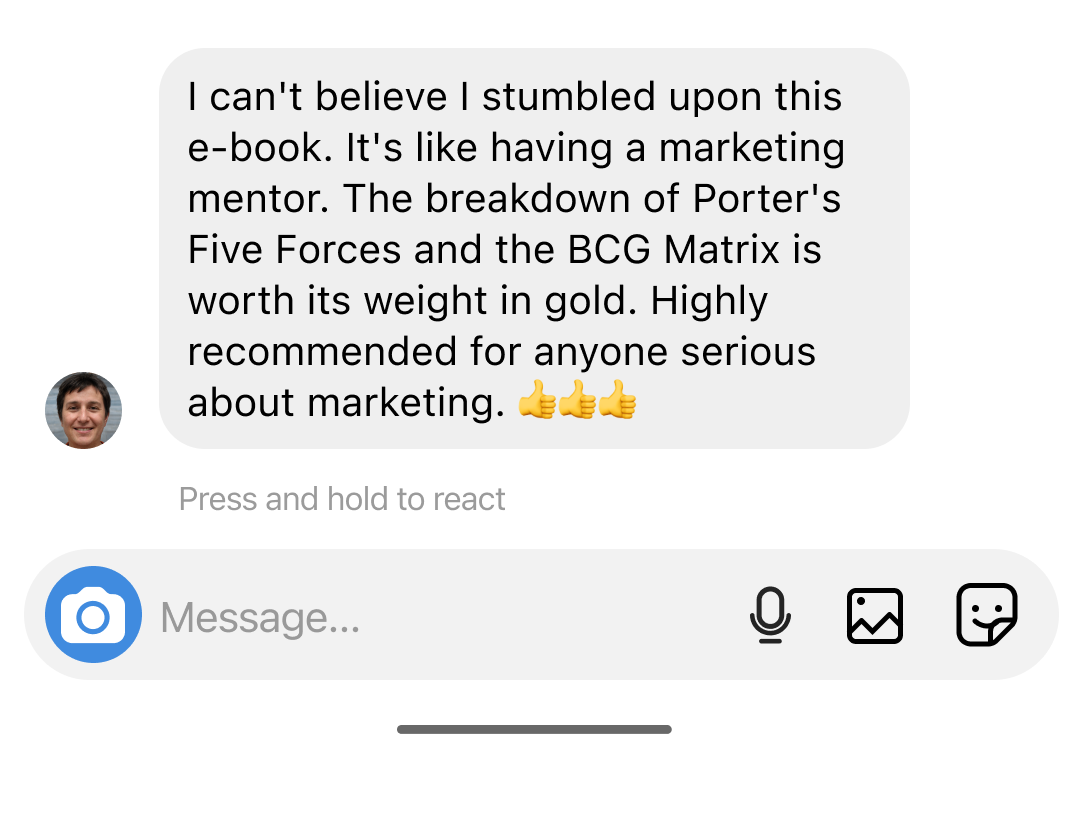


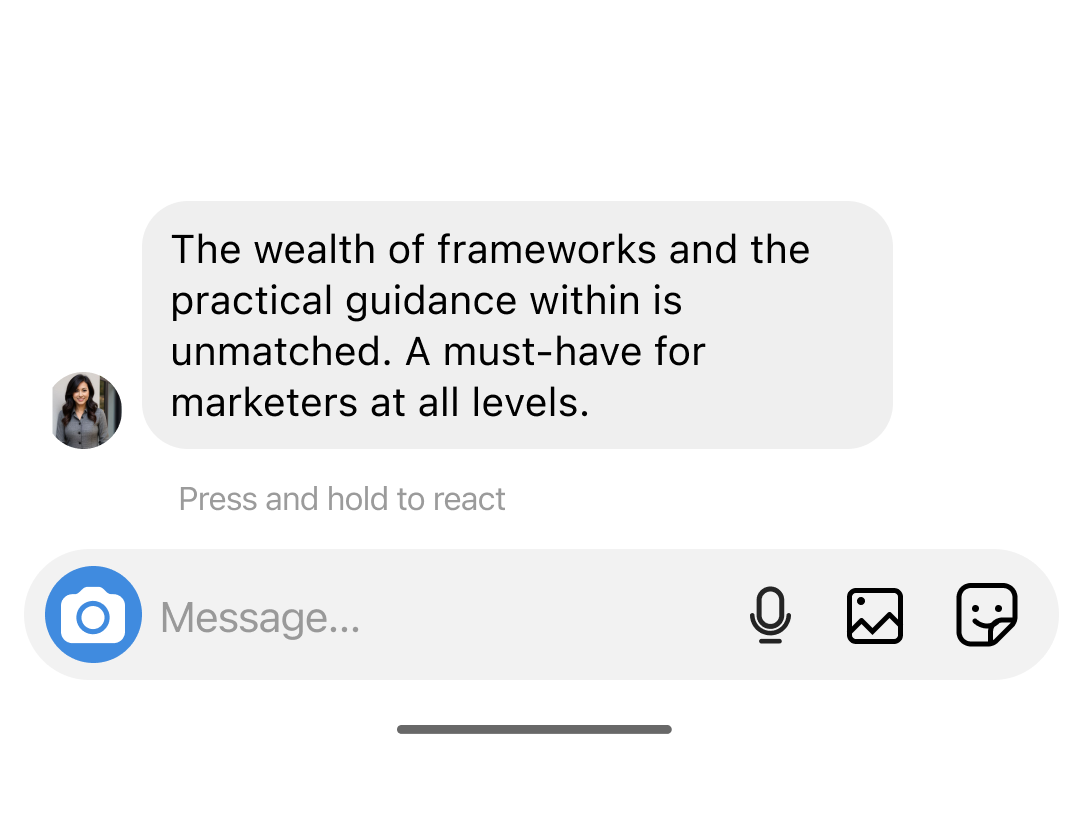
Special Offer 

ultimate offer
All Products Special
$189 $249
You get 44 Business eBooks, 3 Ultimate Checklists, 1 Ultimate Cheat Sheet, 29 game-changing tools and 78 Printable Sheets.
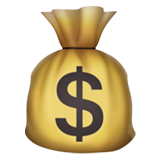 Risk-free Purchase: Full refund within 14 days
Risk-free Purchase: Full refund within 14 days
 Paddle Safe Checkout
Paddle Safe Checkout
Bundle: Success Blueprints
$129 $549
You get all 10 of our high-quality eBooks!
 Risk-free Purchase: Full refund within 14 days
Risk-free Purchase: Full refund within 14 days
 Paddle Safe Checkout
Paddle Safe Checkout





